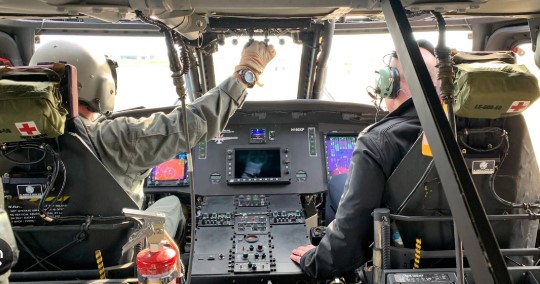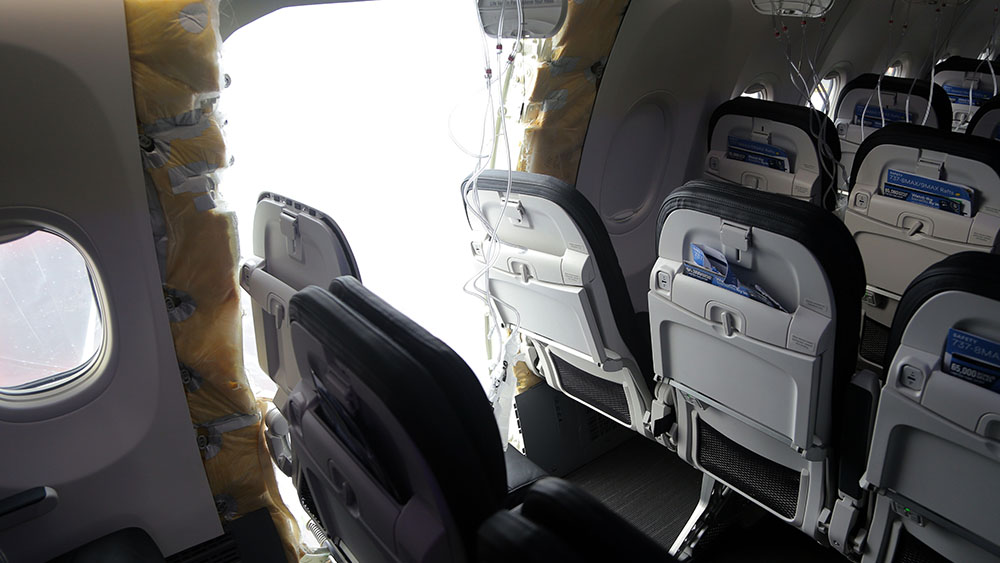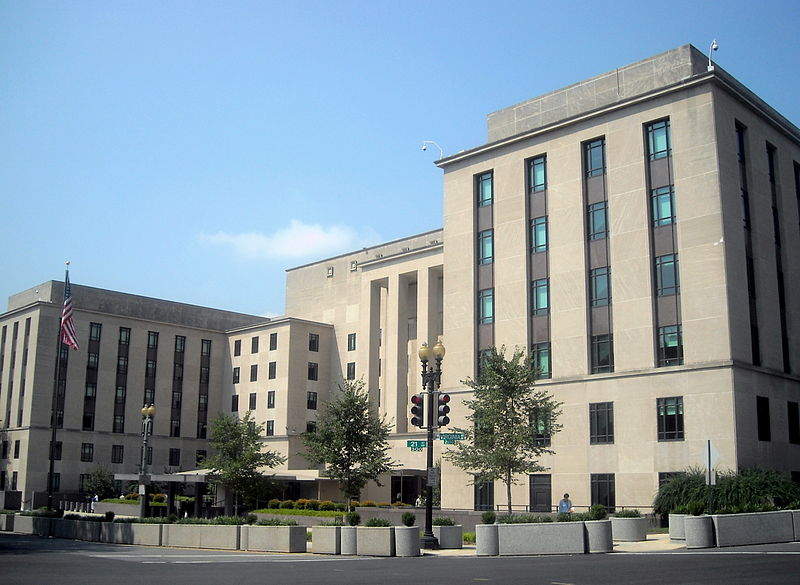Conflicting altimeter data puzzles investigators in deadly DC midair collision
By isabelle // 2025-02-05
Tweet
Share
Copy

- NTSB investigation reveals conflicting altitude readings in deadly plane and helicopter collision near Reagan National Airport.
- Passenger jet's flight recorder showed it at 325 feet, while control tower data placed the helicopter at 200 feet.
- The helicopter's black box is waterlogged, complicating the investigation and delaying crucial data retrieval.
- Control tower staffing shortages and the accuracy of air traffic control systems are under scrutiny.
- NTSB calls for adoption of past safety recommendations that were ignored to prevent future tragedies.
The altitude discrepancy
The National Transportation Safety Board (NTSB) has revealed a significant discrepancy in the altitude readings of the two aircraft. According to the preliminary data from the passenger jet's flight recorder, the plane was flying at an altitude of 325 feet, plus or minus 25 feet, when the collision occurred. However, the control tower data, which is typically considered reliable, showed the Black Hawk helicopter at 200 feet, the maximum altitude permitted for helicopters in the area. "That’s what our job is, to figure that out," NTSB member Todd Inman told reporters during a news conference on Saturday. The NTSB is now working to reconcile these conflicting readings, a task complicated by the fact that the helicopter's black box, which could provide crucial data, is waterlogged and requires more time to retrieve.A complex investigation
The investigation into the crash is multifaceted, involving not only the altimeter readings but also the actions of the military pilot and air traffic control. The control tower, which has been grappling with staffing shortages, is a key focus. If the tower's readings are accurate, it raises questions about how the helicopter and the plane could have been at such different altitudes and still managed to collide. If the tower's data is incorrect, it could suggest broader issues with air traffic control systems. "The crew had a verbal reaction," said Brice Banning, NTSB investigator in charge, referring to the data from the jet's black boxes. He said the audio recording indicated "the airplane beginning to increase its pitch. Sounds of impact were audible about one second later, followed by the end of the recording." This suggests the pilots may have attempted an evasive maneuver, but it was too late. The Black Hawk helicopter was on a routine "annual proficiency training flight," practicing evacuation routes for government officials in the event of an emergency. The American Airlines Flight 5342, en route from Wichita, Kansas, was on a known landing path to Reagan National Airport. Both aircraft were under the guidance of the control tower, yet the collision occurred, raising questions about the reliability of the tower's data and the effectiveness of current aviation safety protocols. The NTSB has made hundreds of recommendations to improve aviation safety over the years, many of which have not been implemented. Inman expressed frustration with this inaction, emphasizing the need for change. "You want to do something about it? Adopt the recommendation of the NTSB. You’ll save lives," he said, adding that he has spent hours with the grieving families of the crash victims. "I don’t want to have to meet with those parents like that again." The crash, which is the deadliest in U.S. aviation history in nearly 25 years, has left a deep impact on the community and the nation. Families of the victims have visited the crash site, and rescue and salvage crews continue to work tirelessly to recover the remains of the 67 people who lost their lives. The NTSB hopes to have a preliminary report within 30 days, but the full investigation is expected to take at least a year. As the investigation continues, the conflicting altimeter readings remain a central mystery. The NTSB's findings will not only provide answers to the families of the victims but also highlight the need for improved safety measures in aviation. One can only hope that the lessons learned from this tragedy will lead to meaningful changes that can prevent such disasters in the future. Sources for this article include: TheEpochTimes.com FoxNews.com APNews.comTweet
Share
Copy
You Might Also Like
Black Hawk in Potomac crash had vital tracking system turned off, senator reveals
By Cassie B. // Share
FAA faces class-action lawsuit over alleged racial discrimination in air traffic controller hiring
By Laura Harris // Share
Houston plane fire highlights growing concerns over air travel safety
By Cassie B. // Share
Trump blames altitude for D.C. crash, sparks debate on military protocols and aviation safety
By Willow Tohi // Share
Recent News
NASA urged to avoid building near lunar faults after moonquake discovery
By isabelle // Share
Senior State Department officials slam EU's multimillion-dollar fine on Elon Musk's X platform
By ramontomeydw // Share











